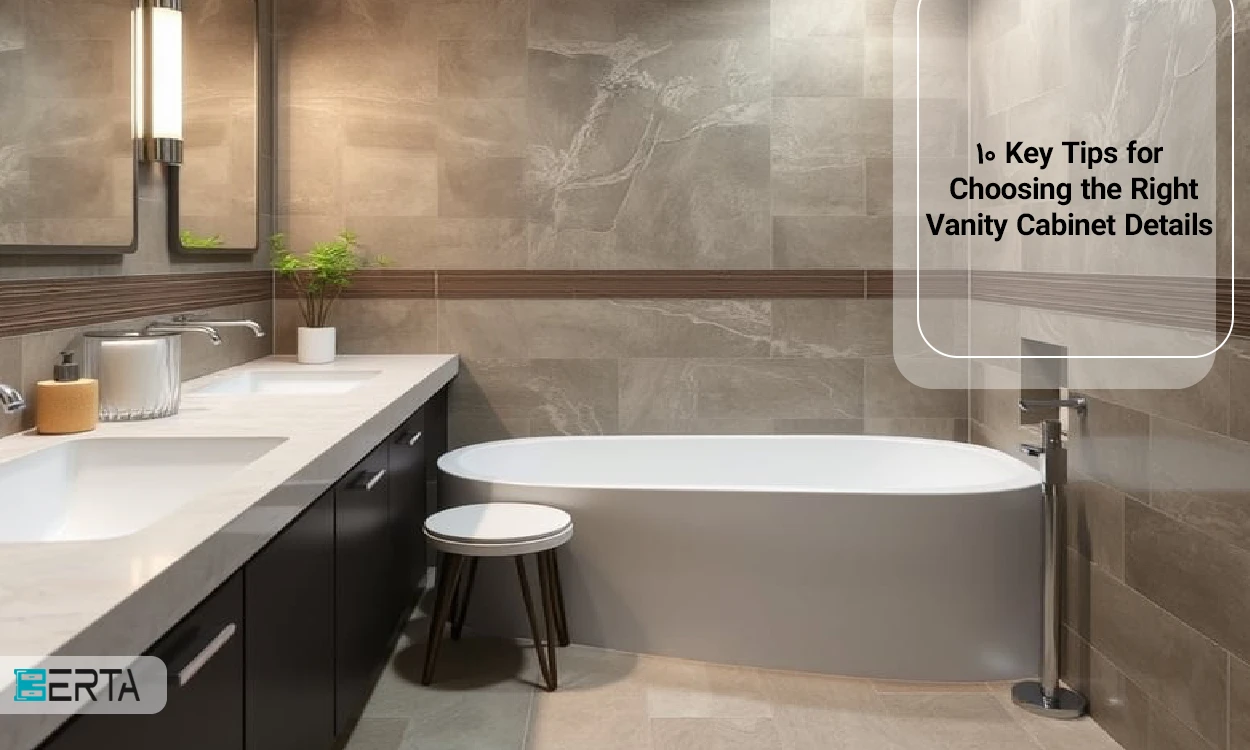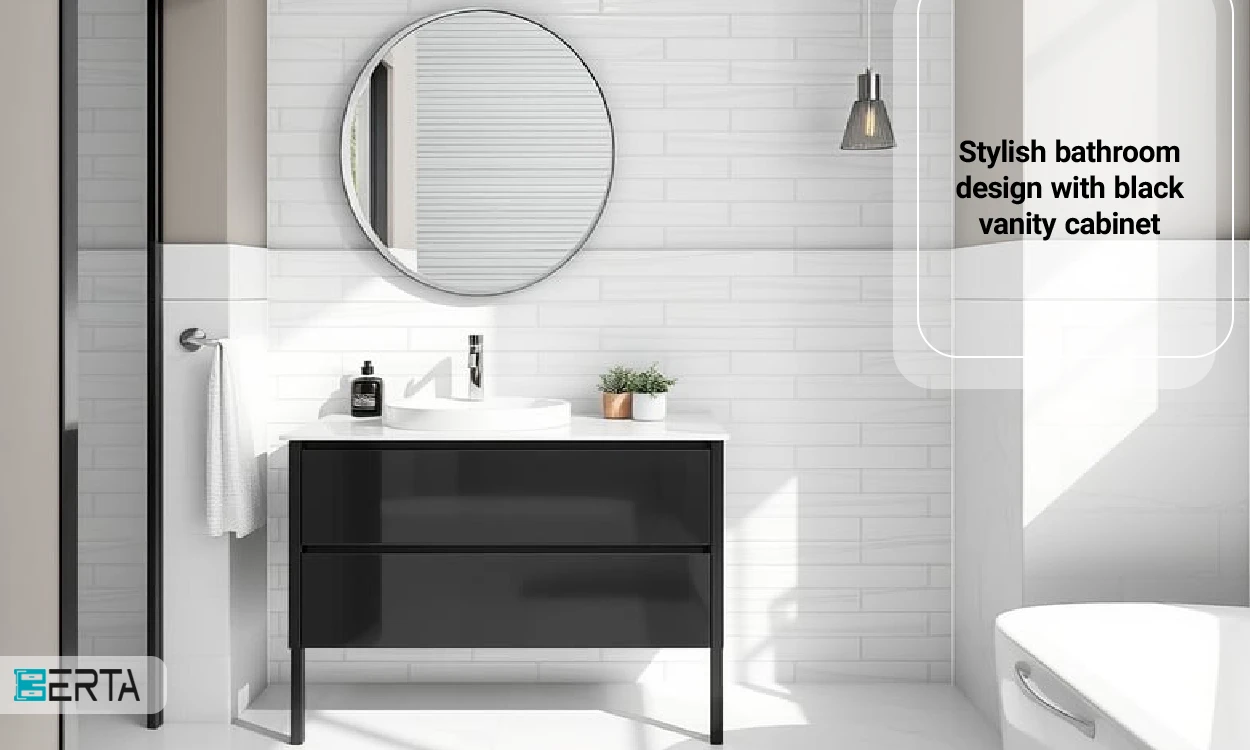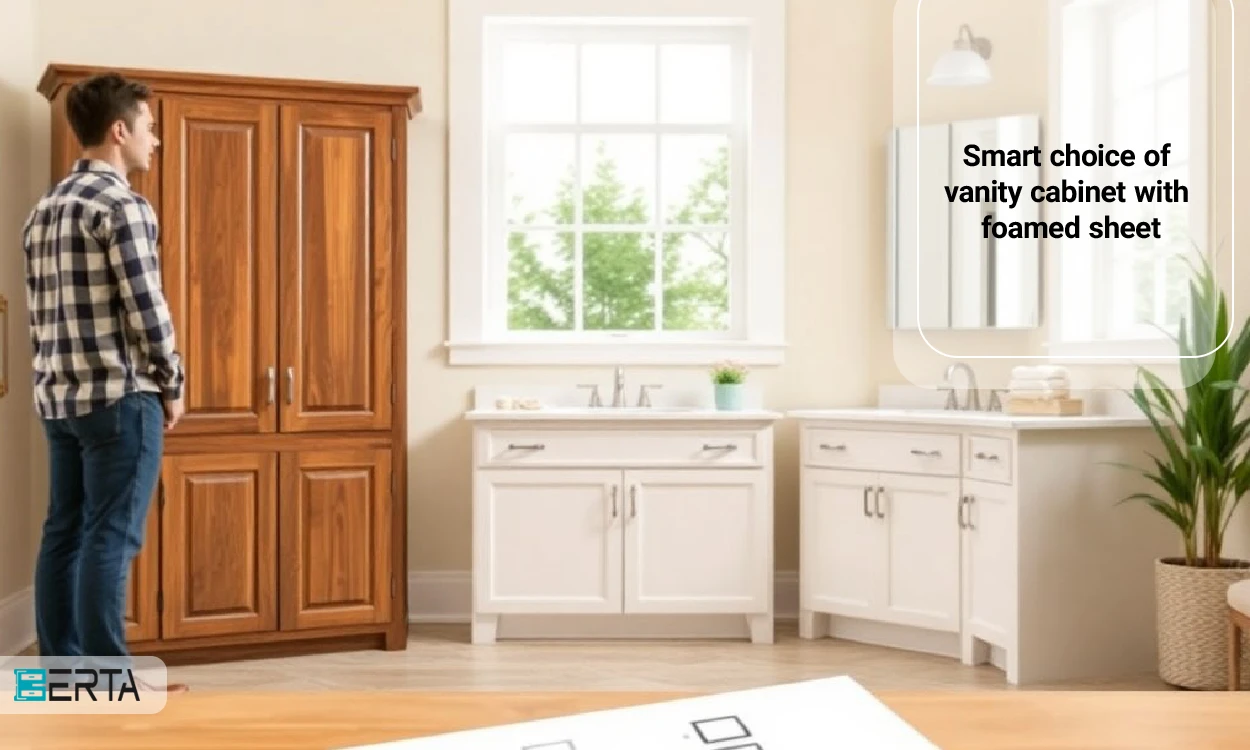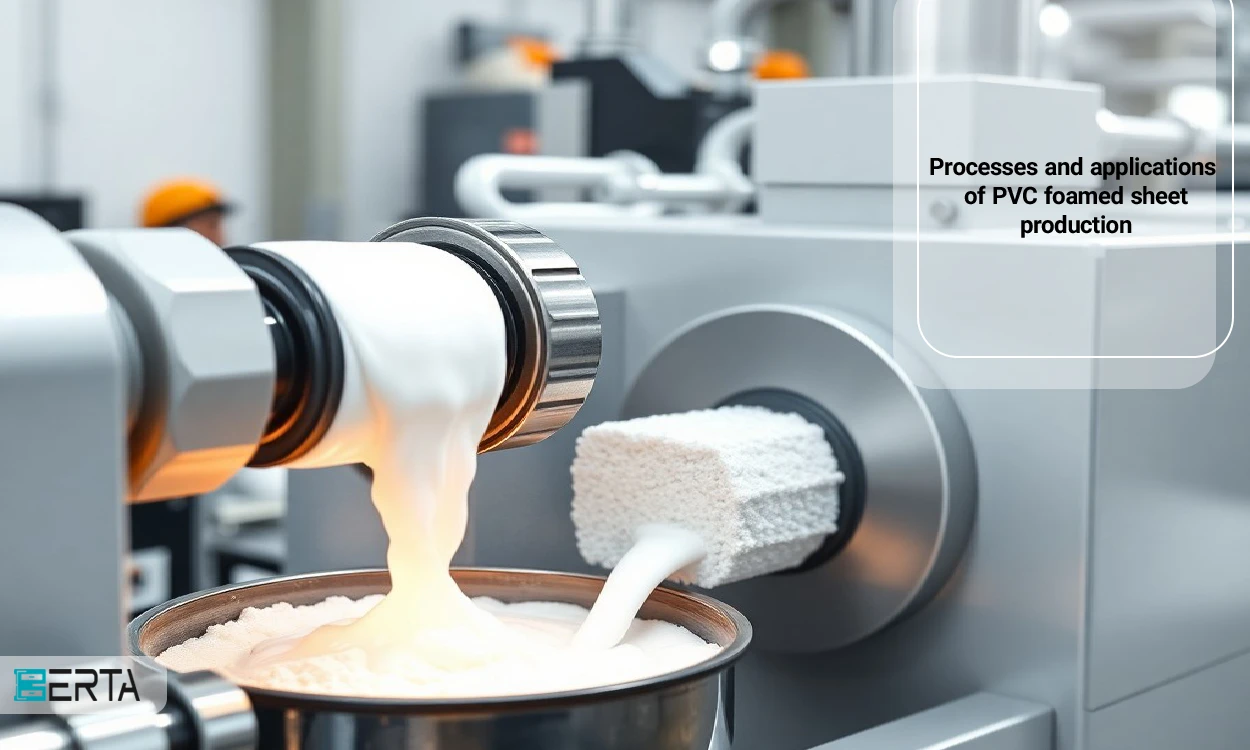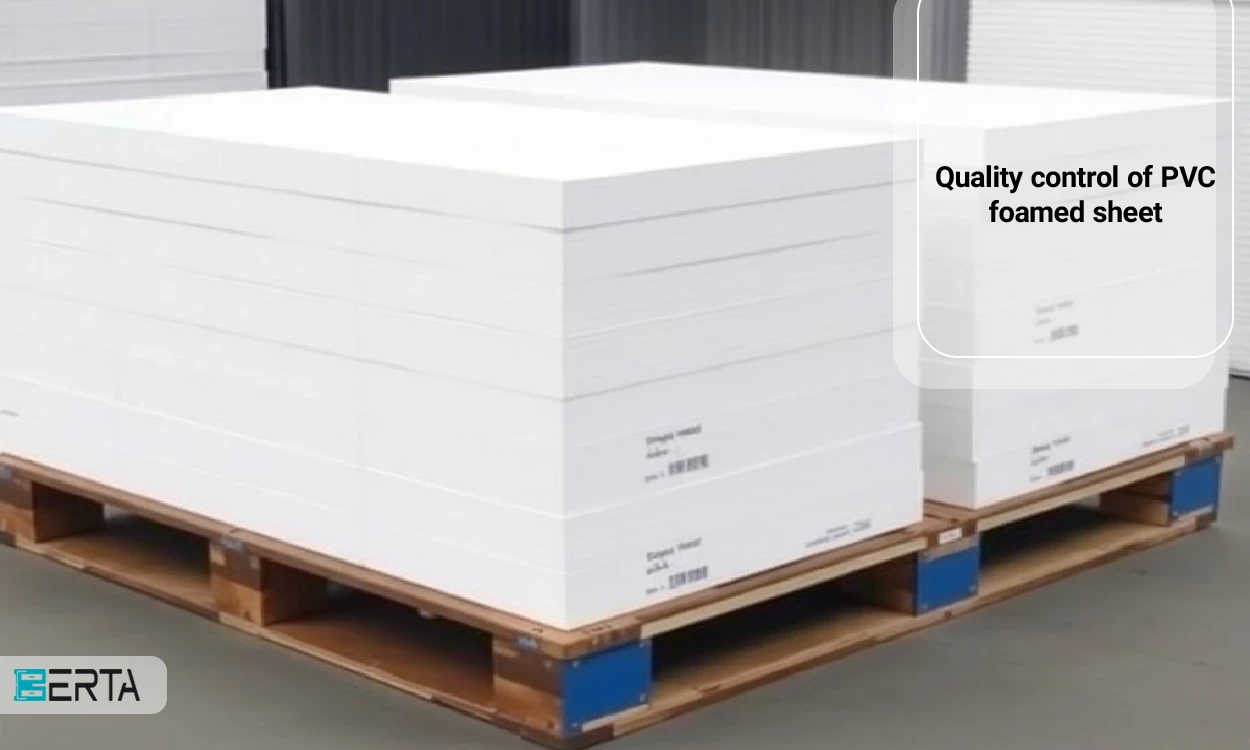Faucets are not only functionally important but are also recognized as a key element in bathroom design and decoration. By choosing the right type and design of the tap, you can add to the beauty and efficiency of the space and provide a pleasant experience of using it. In this article, we will review the types of faucets. This information will help you choose the best option for your space and benefit from its durability and efficiency.
Classification of faucetss
As one of the important components in the facility systems, construction faucetss are divided into different aspects. These divisions refer to specific needs and applications in construction. These divisions are discussed below:
- Based on the installation location
- Based on the type of installation
- Based on the mechanism
- Based on the design style
- Based on the building materials

Types of faucets based on installation location
faucetss are divided into different categories based on the type of application, each of which is designed for use in specific places. Below is a review of the types of faucetss based on different applications:
- bathroom faucet
- toilet faucet
- Bathroom Faucet
- Kitchen Faucet
Types of faucetss based on installation type
faucetss are divided into two main categories, surface faucetss, and built-in faucetss, based on the type of installation. Each of these categories has its characteristics and uses, which are discussed in detail below.
1- Overhead faucets
Surface faucetss are faucetss that are installed directly on the surface of the wall, sink, or other surfaces. These types of faucets are usually readily available and relatively simple to install. The characteristics of this type of faucets are:
1- Easy access: ceiling faucetss are easily accessible and if repair or replacement is needed, the user can easily access them.
2- Quick installation: Installation of these types of faucetss usually requires less time than built-in faucetss and they can be easily installed at any time.
3- Diversity in design: Surface faucets are available in various designs and styles that can be coordinated with interior decoration.
4- Reasonable price: in general, face-mounted faucets usually have a lower price than built-in faucets.
2- Built-in faucets
Built-in faucets are faucets that are installed inside a wall, sink, or other surface. These types of faucets are usually designed to create a clean and tidy appearance. The characteristics of this type of faucets are:
1- Beauty and modern design: Built-in faucets create a clean and minimal appearance due to their installation inside the wall, which is very suitable for modern decorations.
2- Protection of faucetss: By installing built-in faucetss, faucetss are less exposed to damage and corrosion, and this can increase their useful life.
3- Less occupied space: due to installation inside the wall, these types of faucets usually occupy less space and are very suitable for small spaces.
4- Need for specialized installation: Installation of built-in faucets usually requires more technical knowledge and may require special equipment. For this reason, it is usually recommended that they be installed by professionals.
Types of faucetss based on the type of mechanism
faucetss are divided into several categories based on the type of mechanism. Below we explain the types of faucetss based on different mechanisms:
1- Ball faucetss
Ball faucetss control the flow of water using a ball or balls inside the faucets. This ball has holes that can be turned to open or close the water flow. Ball faucetss are usually used in water supply and piping systems due to their simple design and high efficiency.
2- Lever faucetss
Lever faucetss work by using a lever to control the flow of water. This type of faucet usually has a handle that opens or closes it by raising or lowering the water. These faucets are very popular due to their easy use and beautiful design.
3- Touch faucetss
Touch faucets allow the user to turn the water on or off by touching a specific point. This type of faucet is usually used in places such as restaurants and public places that need to observe hygiene and save water. Modern design and easy use are prominent features of these faucets.
4- eye faucetss
Automatic faucetss work using motion sensors. These faucetss open the water automatically as soon as the hand or body approaches the sensor, and after moving away, the water is cut off. These types of faucets are very suitable for saving water consumption and avoiding physical contact with the faucet.
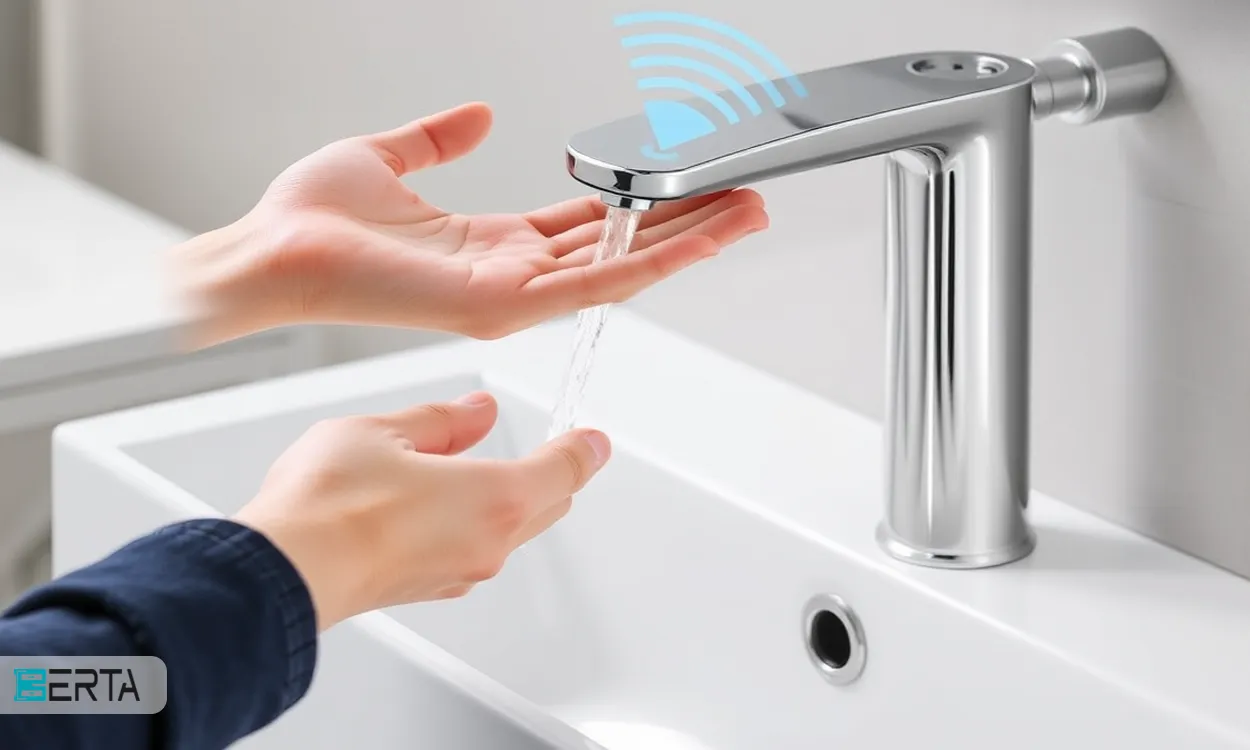
Types of faucets based on design style
faucetss are divided into 3 different categories based on design style, each of which has its characteristics and uses. Below we explain the types of faucets based on design style:
1- Modern faucets
Modern faucets have a simple design that usually uses smooth lines and geometric shapes. These types of faucets are usually made of high-quality materials such as stainless steel or brass alloy and are easily coordinated with today's decorations.
2- Classic faucets
Classic faucets have complex and decorative designs that are usually accompanied by beautiful details and traditional patterns. These types of faucets are usually made of brass or copper and add a special beauty to traditional and classic spaces.
3- Minimal faucets
Minimal faucets refer to a type of faucets that have a certain coherence and harmony in their design and performance. These faucetss are usually designed in such a way that all their components can be seen as one piece without breaking or separating.
Types of faucets based on construction materials
Bathroom faucets are made of different materials, each of which has its characteristics and benefits. Choosing the right materials not only affects the appearance of the faucets but also affects its durability and efficiency. In the following, we will examine the most common materials of bathroom faucets:
1- Rice
Rice is one of the most common materials used in making bathroom faucets. Due to its high resistance to rust and corrosion, this material is a suitable choice for wet environments such as bathrooms. Brass faucets usually have a shiny and beautiful appearance that gives a special effect to the bathroom decoration. Also, rice is easily machined and can be made into different shapes and designs.
2- stainless steel
Stainless steel is another popular material for bathroom faucets. This material is known as an excellent option for bathrooms due to its high resistance to rust and stains. Steel faucets usually have a modern and stylish appearance and are easily coordinated with other bathroom components. Also, stainless steel is a suitable option for long-term use due to its high durability and low maintenance.
3- Plastic
Plastic faucetss are generally recognized as an economical and lightweight option. These types of faucets are usually available in simple designs and various colors. Although plastic faucets are not as durable as brass or stainless steel, they are suitable for use in bathrooms that are temporary or designed for children. Also, plastic faucetss are usually easy to install and replace.
conclusion
Finally, choosing the right faucets not only helps your beauty and decoration but also affects its efficiency and ease of use. Considering the types of faucets and their materials, you can have a pleasant and optimal experience in your space with an informed choice.




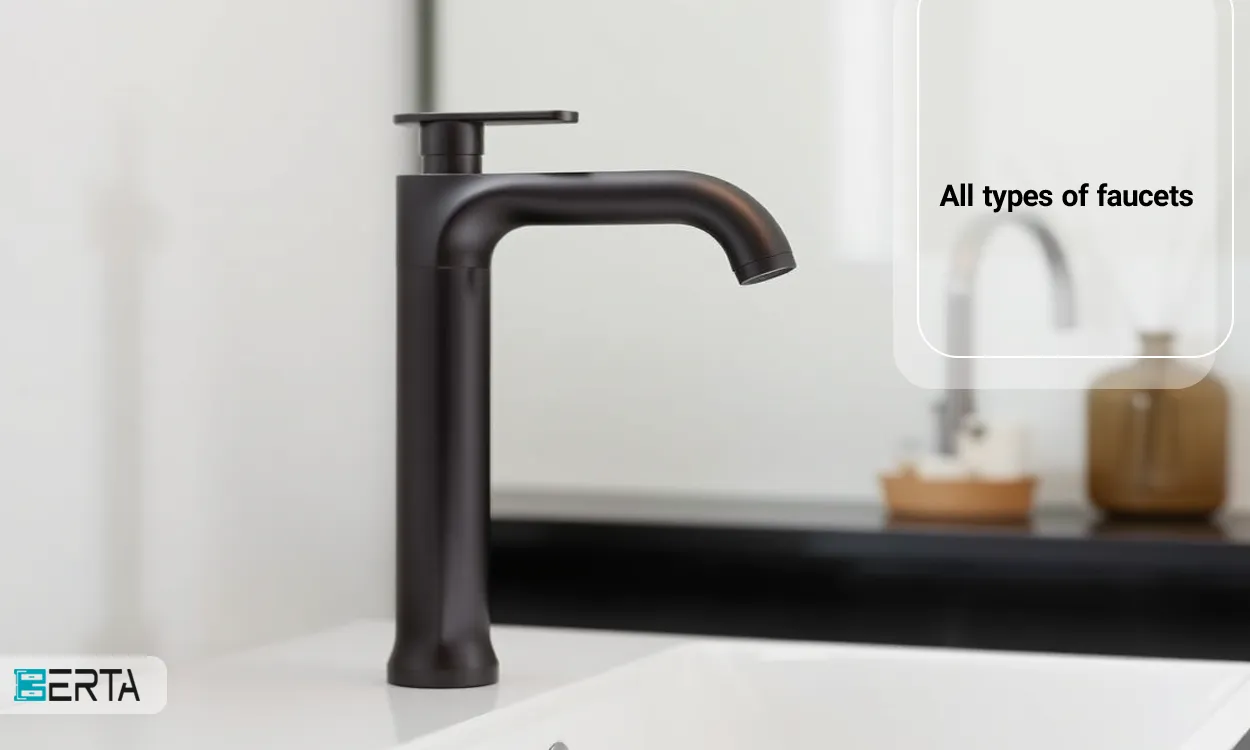
17938.jpg)
 Whatsapp
Whatsapp  Telegram
Telegram 

